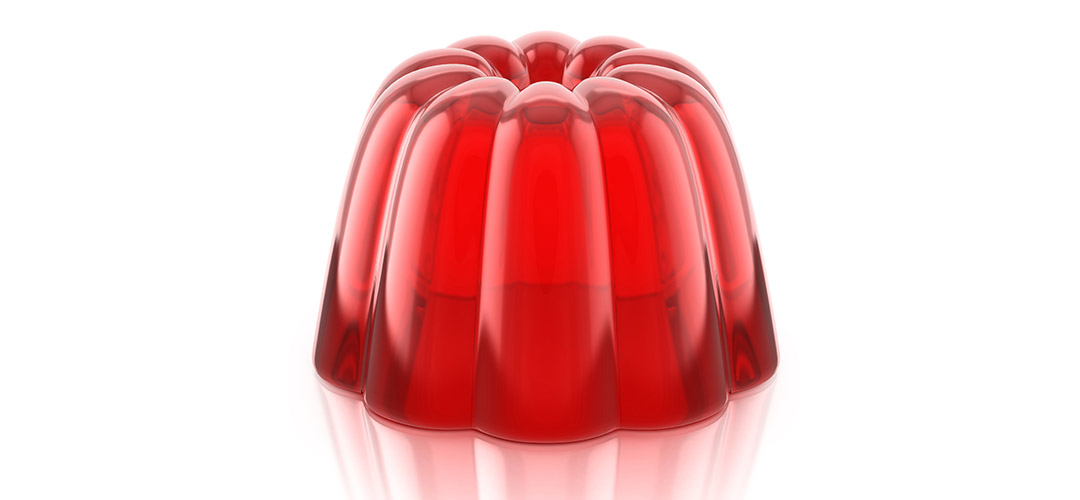Dewatering And Phosphorus Removal From Wastewater
STOP Trying To Dewater Gelatin!
When it comes to dewatering, your treatment methods and chemical usage can make a HUGE difference in not only the quantity of biosolids you produce but how well it dewaters.
If your treatment includes chemical treatment for phosphorus removal from wastewater, the coagulant used can send your biosolid mass and volume through the roof. This is particularly true if your phosphorus effluent limit is less than 1 mg/L. This is due to two factors inherent in ferric or aluminum-based coagulants, traditional chemical treatment for phosphorus removal.
Molar ratio of ferric or alum can be 8:1 Al/FE to P.
First, ferric and aluminum-based coagulants require massive doses, up to 8 aluminum or iron atoms to 1 phosphorus atom, to remove phosphorus to levels less than 1 mg/L. These “extra” coagulant molecules end up in your biomass, driving up the solids quantity.
Bound water – trapped in the floc
With the weak bonding of phosphorus to aluminum or iron, the primary method of trapping P is through coagulation. Coagulation involves neutralizing charges to form a gelatinous mass that traps or bridges particles. These gelatinous masses also trap or bind water within the floc, and this bound water is difficult to remove with a belt filter press or centrifuge, like trying to remove the water from gelatin. Dewatering this floc requires higher doses of polymer and your cake can still be high in water content even after dewatering. And higher water means more pounds for disposal, driving up your costs.
Lanthanides bind differently, reducing biomass and facilitating dewatering
Phosphorus removal using lanthanides, cerium and lanthanum, remove phosphorus by forming a precipitate mineral with the phosphate that is very dense. This mineral precipitates quickly and easily, without forming a floc that binds water. In addition, this chemical reaction with phosphate is the preferred so the molar ratio of Ce/La to P is close to 1:1, also reducing the solids loading in the biomass. With these too factors, better molar ratio and no bound water, phosphorus removal with lanthanides produces less biomass and is MUCH easier to dewater, leading to a drier final product for disposal.
Tired of dewatering gelatin?
If you are tired of trying to dewater gelatinous flocs from traditional phosphorus coagulants, you owe it to yourself to explore lanthanide-based P removal. Learn how easy dewatering can be without the bound water.
Phosphorus Removal From Wastewater
Learn more about Phosphorus Removal From Wastewater.



